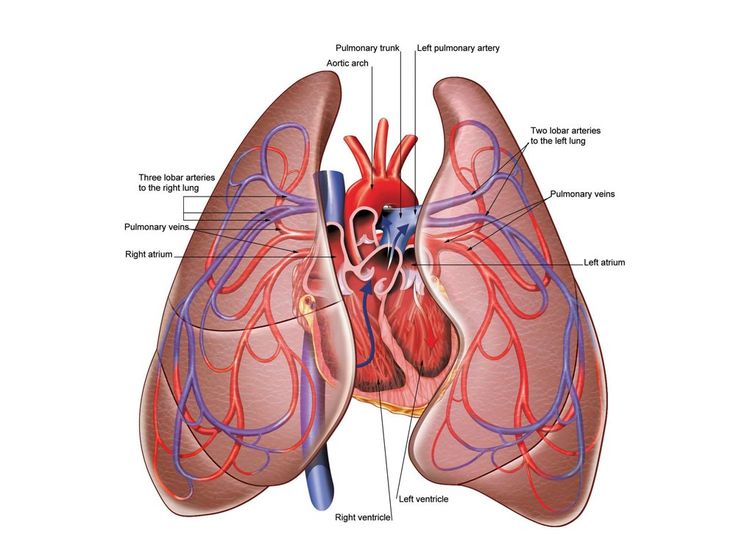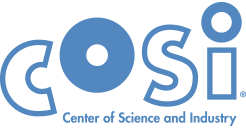Heart
The human heart is an organ that, through muscle contractions, pumps blood containing vital oxygen and other nutrients throughout the body's tissues while also removing carbon dioxide and other toxins. The heart contains four "chambers" or atriums and ventricles. The right atrium an ventricle pumps blood mainly to the lungs to abrsorb oxygen while the left atrium and ventricle pump blood out to the remainder of the cardiovascular system (the pulmonary and systemic circiuts, respectively.
Link
Lungs
Organs that sit just below the rib cage and above the diaphragm. They are the primary organ involved in the respiratory system: most importantly, breathing. When a person inhales, the air passes over millions of alveoli which contain capillaries. The oxygen is absorbed through the capillaries and transferred to the blood. The blood then travels to the heart, where the oxygen-rich blood is pumped through the remainder of the body.
Link
Heart and Lungs Diagram |
The Heart |
How the Lungs WorkHere is a more in-depth look at exactly how our lungs work. Link
The Respiratory SystemLungs are at the center of the respiratory system. Let's take a look at the whole picture. Link
Children's LiteratureConcept PlannerCheck out our concept planner below!
|
An in-depth look at how the heart is made up and how it works. Link
The Heart pt. 2Facts about the Heart and Lungs1. Most vertebrae animals have two lungs.
2. The left and right lungs are not exactly the same. The left is smaller (to make room for the heart) and is divided in to two lobes, while the right lungs contains three lobes. 3. You can live with one lung! 4. The average adult breathes 12-20 times a minute Link 5. Four valves in the heart control the flow of blood, amking sure that it is only going in or out. 6. What makes a heart beat? Electricity moving through the heart, activating the muscle cells. 7. A "hearbeat" is a full cardiac cycle of five stages. It all happens that fast! Words to KnowLobe a roundish and flattish part of something, typically each of two or more such parts divided by a fissure, and often projecting or hanging.
Trachea a large membranous tube reinforced by rings of cartilage, extending from the larynx to the bronchial tubes and conveying air to and from the lungs; the windpipe Bronchial tube one of the tubes in your chest through which air goes into your lungs Alveoli any of the many tiny air sacs of the lungs which allow for rapid gaseous exchange Capillary any of the fine branching blood vessels that form a network between the arterioles and venules Atrium each of the two upper cavities of the heart from which blood is passed to the ventricles. The right atrium receives deoxygenated blood from the veins of the body; the left atrium receives oxygenated blood from the pulmonary vein Ventricle a hollow part or cavity in an organ, in particular Circulatory System the system that circulates blood and lymph through the body, consisting of the heart, blood vessels, blood, lymph, and the lymphatic vessels and glands Respiratory System the set of organs that allows a person to breathe and exchange oxygen and carbon dioxide throughout the body. Get the full word list here. | ||||||
Additional Resources
|
COSI, in Columbus, exhibits in-depth explanations and examples of the human body and all of its systems.
Link |
The OSU Wexner Center contains the Dorothy M. Davis heart and lung research center where over 600 faculty are dedicated to keeping people's hearts and lungs healthy. Link |
The National Heart, Lung, and Blood Institute is a national resource for all things related to our hearts and lungs.
Link |
Want more in depth content knowledge?
|




